Top U.S. Rivers for Springtime Fly Fishing
As winter’s grip loosens and waters begin to warm, fly fishing enthusiasts across America prepare for one of the most rewarding seasons on the water. Springtime brings with it hatching insects, hungry fish emerging from their winter slowdown, and often ideal water conditions before summer heat sets in. From the meandering streams of the East to the mighty rivers of the West, the United States offers an incredible variety of springtime fly fishing opportunities. Whether you’re targeting trout, steelhead, bass, or other species, these top rivers deliver unforgettable angling experiences when the dogwoods bloom and the first mayflies of the season dance above the water.
Madison River, Montana

The Madison River stands as one of fly fishing’s crown jewels, especially during the spring months when its legendary salmonfly hatch can create some of the most explosive trout fishing of the year. Flowing from Yellowstone National Park through Montana’s stunning mountain valleys, the Madison offers diverse fishing environments from fast riffles to deep pools. Spring on the Madison typically begins with midges and Blue-Winged Olive hatches in April, followed by the larger caddis and eventually the massive salmonflies by late May or early June. Water clarity can vary with snowmelt, but the Madison’s consistent flow patterns make it more predictable than many western rivers during runoff season.
Delaware River, New York/Pennsylvania/New Jersey
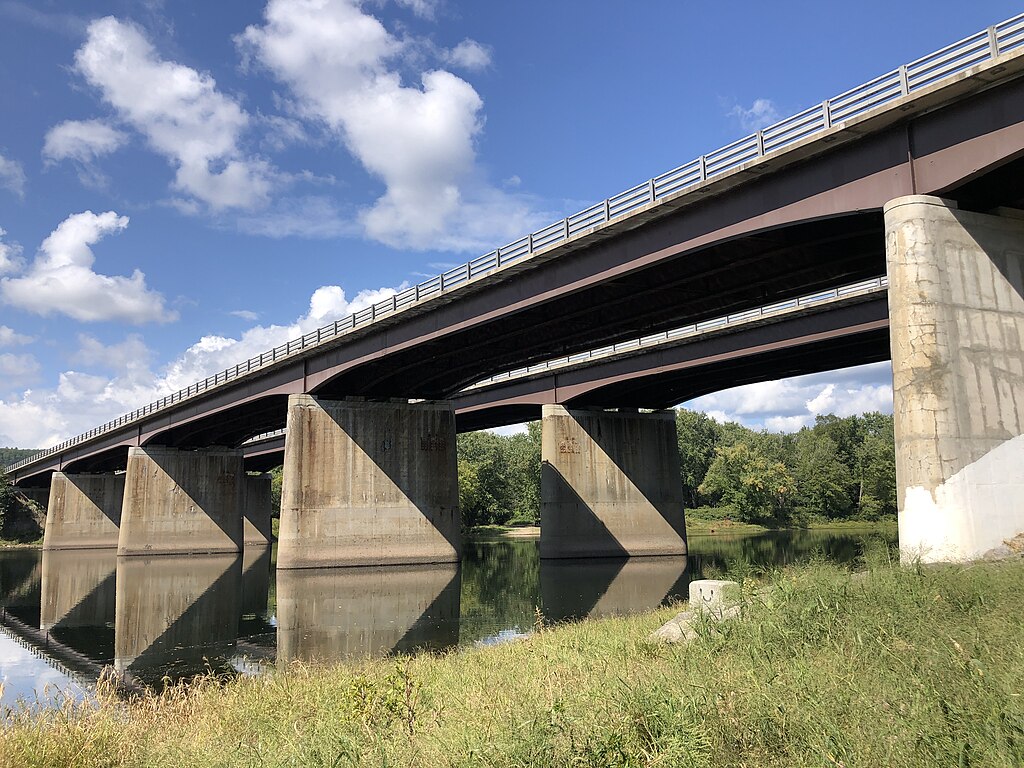
The Delaware River system provides East Coast anglers with premier wild trout fishing opportunities, particularly during the spring hatches that make this river famous among fly fishing purists. The river’s three branches (East, West, and Main) offer different characters but share incredible insect diversity and a healthy population of wild brown and rainbow trout. By April, Hendrickson mayflies typically begin emerging, followed by Blue-Winged Olives, March Browns, and eventually the famed Green Drake hatch by late May. Delaware’s cold, clear waters are carefully managed through dam releases, helping to maintain more consistent flows during spring rains compared to many freestone rivers.
Deschutes River, Oregon

Oregon’s Deschutes River presents an exciting spring opportunity with its combination of native redside rainbow trout and the potential for steelhead action in its lower sections. The river’s volcanic canyon creates a microclimate that often warms earlier than surrounding areas, triggering insect activity when many other western rivers are still cold or running high with snowmelt. By mid-April, the Deschutes typically sees good Blue-Winged Olive activity, followed by the legendary salmonfly hatch that usually begins in May. The large stoneflies bring the river’s biggest trout to the surface in a feeding frenzy that can produce trophy fish on large dry flies.
Henry’s Fork, Idaho
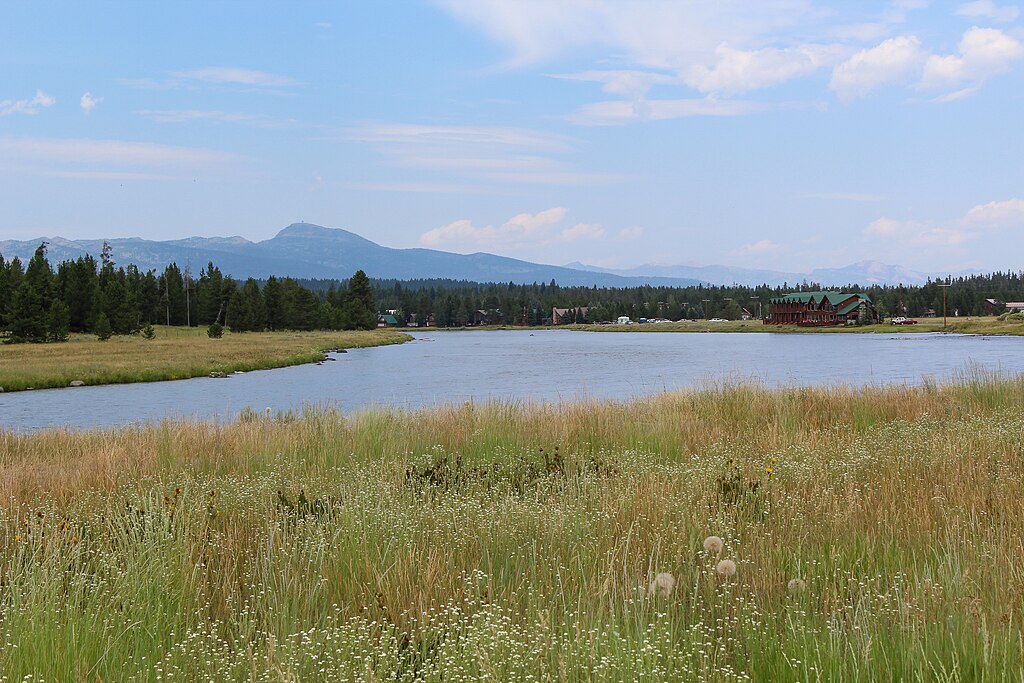
The Henry’s Fork of the Snake River represents the epitome of technical dry fly fishing, with its spring hatches bringing some of the most selective trout in America to the surface. This spring creek-like river is renowned for its crystal-clear waters and abundant aquatic vegetation, creating a perfect habitat for massive rainbow trout that can exceed 20 inches. The spring fishing season typically begins with midges and Blue-Winged Olives in April, followed by Pale Morning Duns and caddis in May. The river’s most famous stretch, the Railroad Ranch (now within Harriman State Park), opens June 15th, but the Box Canyon and lower river sections provide outstanding spring fishing opportunities before that date.
South Holston River, Tennessee
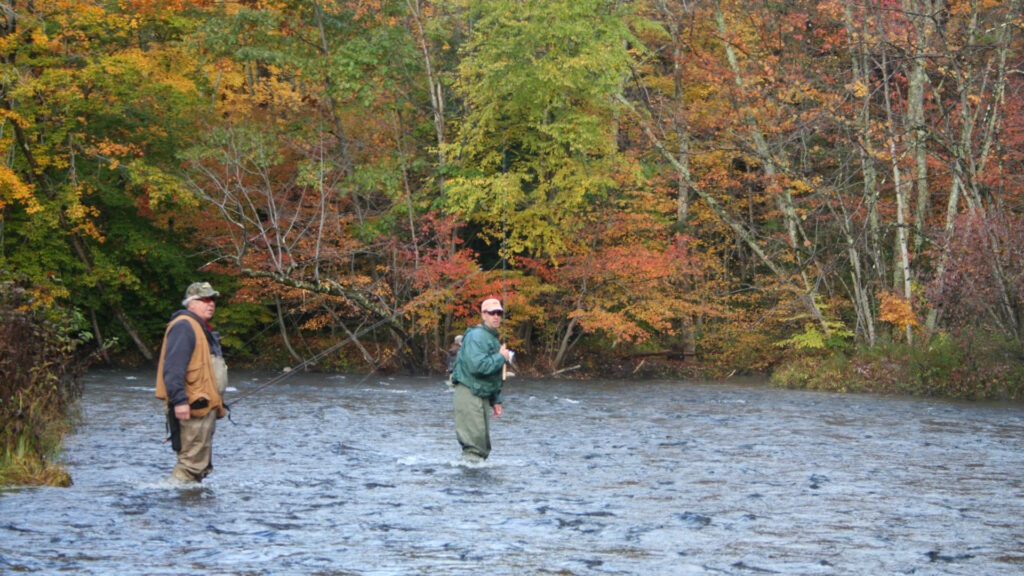
The South Holston represents the best of Southern Appalachian tailwater fishing, with its consistent cold flows creating a year-round trout fishery that peaks during spring hatches. This Tennessee treasure boasts one of the highest trout populations per mile of any river in the Eastern United States, with brown trout regularly exceeding 20 inches. Spring on the South Holston brings prolific Blue-Winged Olive hatches, often supplemented by caddis and midges, creating daily feeding frenzies that can last for hours. The river’s dam-controlled flows mean that while many Southern streams become blown out during spring rains, the South Holston often remains fishable with predictable generation schedules that anglers can plan around.
Gunnison River, Colorado

Colorado’s Gunnison River offers some of the state’s best spring fly fishing opportunities, particularly in its famous Black Canyon section, where trophy-sized rainbow and brown trout thrive in the deep, mysterious waters. Spring on the Gunnison typically begins with midges and Blue-Winged Olives in April, gradually transitioning to caddis and then stoneflies as waters warm. The river’s most significant advantage during spring is timing – the Gunnison watershed often experiences runoff later than many Colorado rivers, creating a window of clear water fishing when other streams are running high and muddy. The Gold Medal waters below Crystal Dam provide consistent flows and prolific insect life, supporting trout that frequently exceed 18 inches.
Pere Marquette River, Michigan

Michigan’s Pere Marquette River stands as one of the Great Lakes region’s most beloved fly fishing destinations, offering a unique spring opportunity to target steelhead during their spawning runs while resident brown trout become increasingly active. This designated National Scenic River flows clear and cold through pristine forests before entering Lake Michigan, creating an ideal habitat for multiple game fish species. Spring typically brings the peak of steelhead action in March and April, when these powerful lake-run rainbow trout ascend the river in significant numbers. By May, as steelhead activity wanes, the river’s famous Hendrickson mayfly hatch begins, followed by caddis and sulphur mayflies, triggering consistent dry fly action from the resident trout population.
Beaverkill River, New York
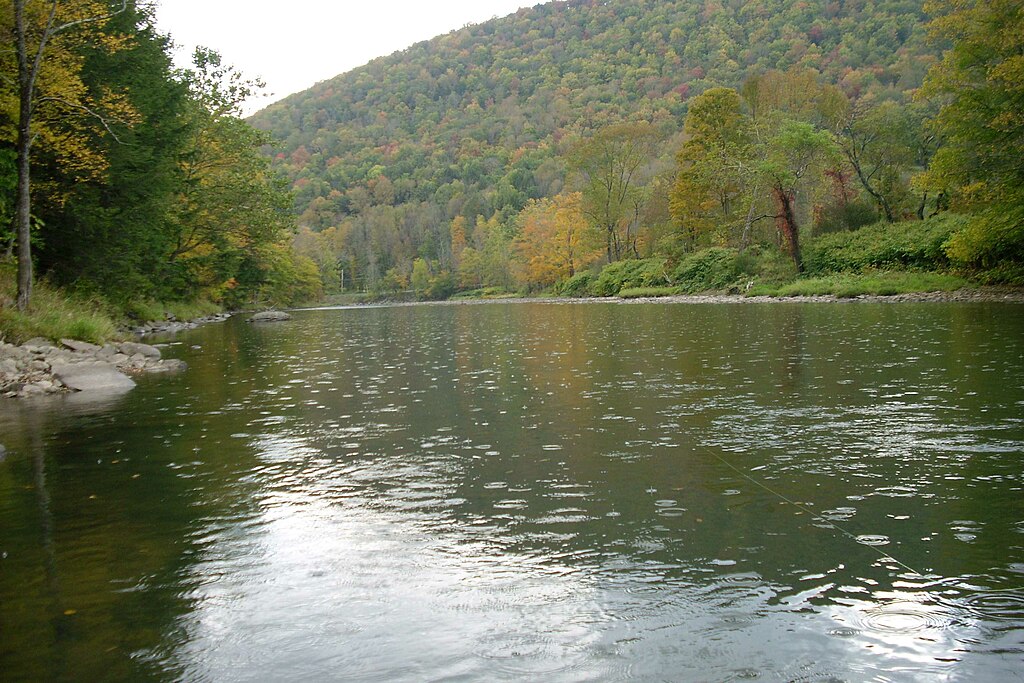
The Beaverkill River represents the very birthplace of American fly fishing, with its storied pools and riffles having educated generations of anglers in the Catskill Mountains of New York. This classic freestone stream comes alive in spring with a succession of insect hatches that have been meticulously documented by fly fishing pioneers for over a century. April typically brings Hendrickson mayflies, followed by Blue-Winged Olives, March Browns, and eventually the famed Green Drake hatch. The Beaverkill’s wild brown trout population, supplemented by seasonal stockings, provides exciting action for both novice and experienced anglers, with fish typically ranging from 10-16 inches with occasional larger specimens.
Rogue River, Oregon
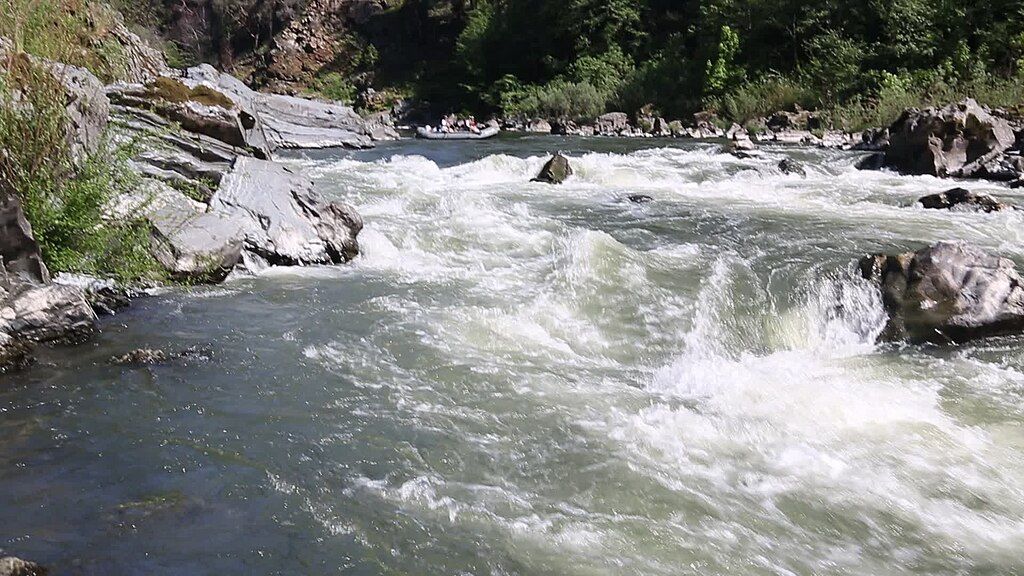
Oregon’s Rogue River offers an entirely different springtime fly fishing experience, with its famous steelhead runs supplemented by sea-run cutthroat trout and resident rainbow trout. This powerful coastal river flows through spectacular canyons before reaching the Pacific Ocean, creating diverse fishing environments from fast whitewater to serene pools. Spring represents a transition period on the Rogue, with late winter steelhead still present while summer steelhead begin their first appearances, creating opportunities for targeting these prized gamefish before summer crowds arrive. The river’s resident trout become increasingly active as water temperatures rise, responding well to stonefly nymphs and emerging mayfly patterns throughout April and May.
Green River, Utah
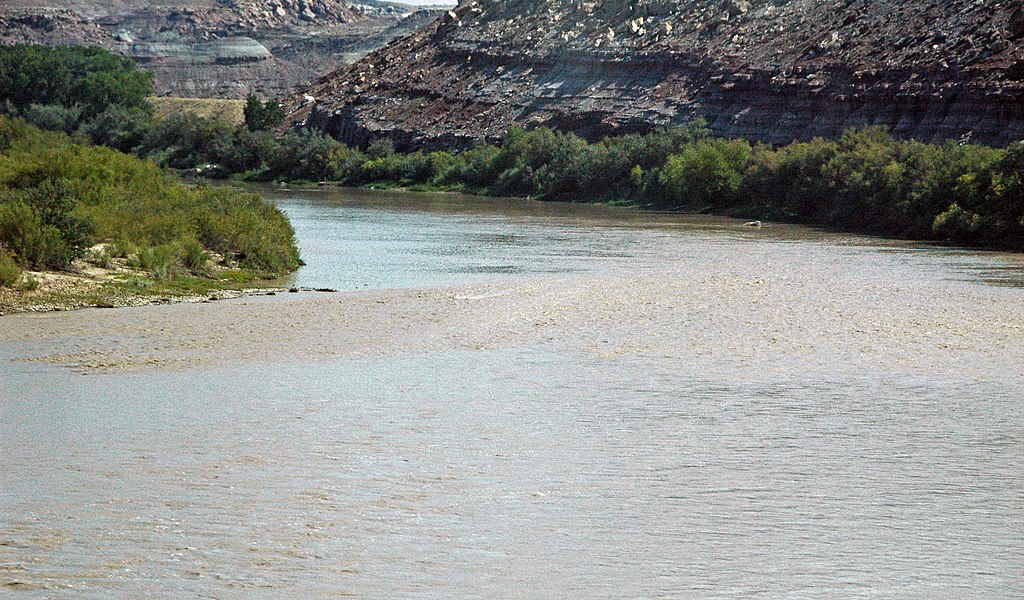
Utah’s Green River below Flaming Gorge Dam stands as one of America’s most productive trout rivers, with its crystal-clear waters supporting an astounding population of 8,000-22,000 fish per mile. This tailwater fishery maintains consistent flows and temperatures year-round, but spring brings special opportunities as trout become more active after winter’s cold. The river’s prolific midge hatches continue through spring, supplemented by Blue-Winged Olives, caddis, and eventually the first stoneflies of the season. The Green’s famous A, B, and C sections each offer different fishing experiences, from the technical clear water of the A section to the more rugged canyon water downstream, allowing anglers to find optimal conditions regardless of seasonal fluctuations.
White River, Arkansas
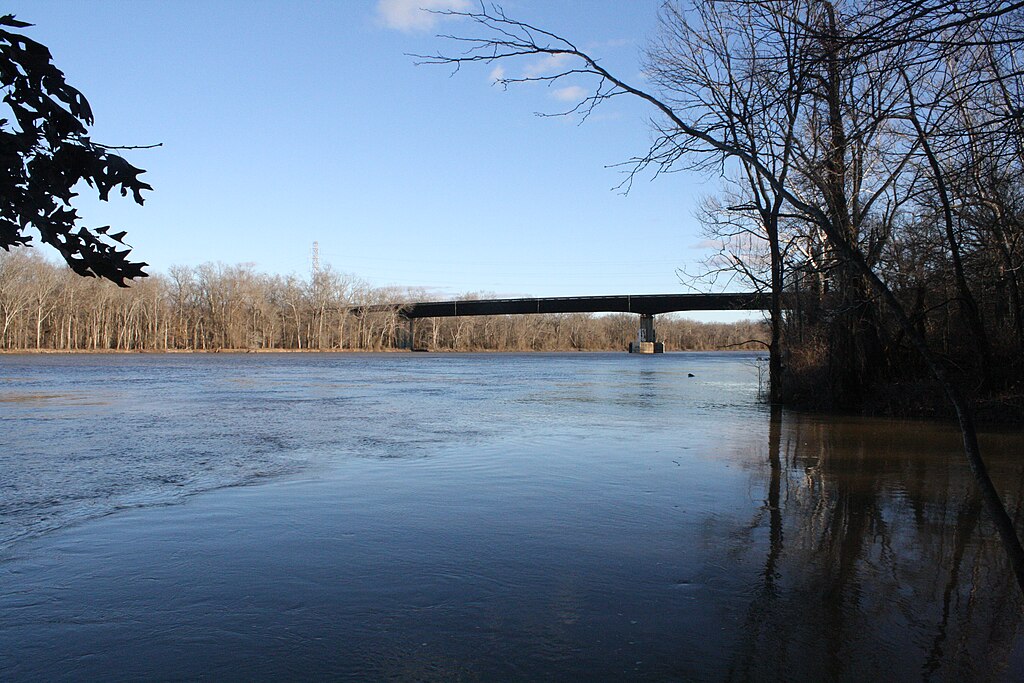
Arkansas’s White River tailwater presents one of the South’s premier trout fishing opportunities, with its cold, nutrient-rich flows supporting rainbow, brown, cutthroat, and brook trout in remarkable numbers. Spring represents a prime time on the White, as the river’s famous sowbug (scud) population becomes increasingly active, supplemented by emerging caddis, midges, and mayflies. What sets the White River apart during spring is the potential for trophy brown trout – fish exceeding 20 inches are common, with specimens surpassing 30 inches taken each year. The river’s dam-controlled flows can fluctuate dramatically, but spring often provides more consistent wadeable conditions compared to summer’s irrigation demands.
Missouri River, Montana

Montana’s Missouri River below Holter Dam represents perhaps the state’s most consistent spring fishing opportunity, with its tailwater characteristics protecting it from the snowmelt that colors many freestone rivers during runoff season. This broad, fertile river boasts an incredible population of rainbow and brown trout, with fish averaging 16-18 inches and many exceeding 20 inches. Spring on the Missouri typically brings excellent Blue-Winged Olive hatches in April, followed by caddis emergence that can last for weeks during May and June. The river’s relatively gentle gradient and consistent flows make it particularly appealing during spring, allowing for productive fishing from both drift boats and while wading at the numerous access points along its banks.
Preparing for Springtime Conditions
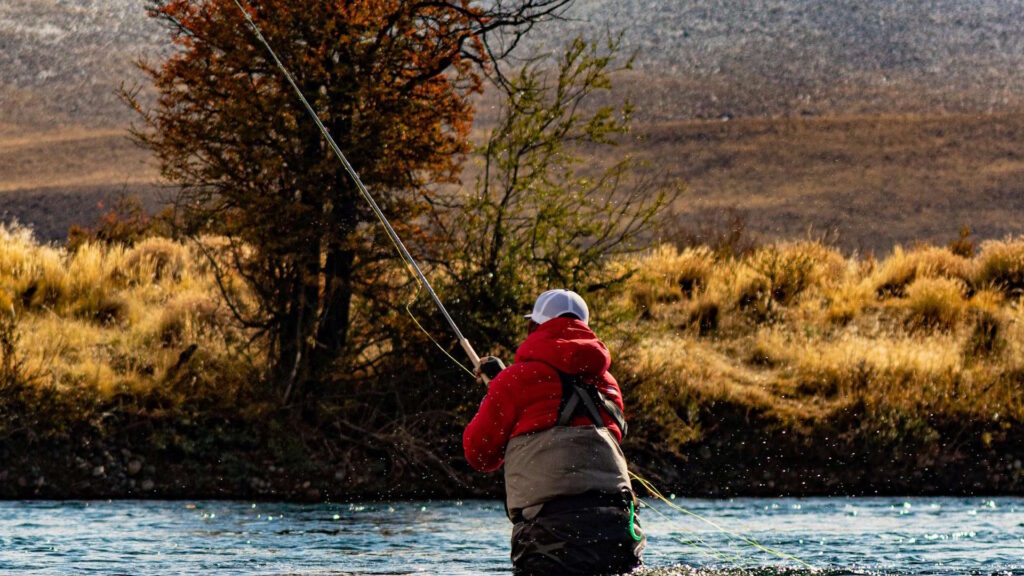
Regardless of which river you choose for your springtime fly fishing adventure, proper preparation remains essential for both enjoyment and success. Spring weather can change rapidly, with comfortable sunshine quickly giving way to rain, snow, or even sleet depending on location and elevation. Layering remains the key approach, typically starting with moisture-wicking base layers, adding insulating mid-layers, and finishing with waterproof/breathable outer shells that can be adjusted as conditions change. Specialized gear considerations should include polarized sunglasses to cut glare on bright days, sturdy wading boots with appropriate traction for potentially high water conditions, and longer leaders (often 9-12 feet) to accommodate the more cautious nature of trout in clear spring waters.
Conclusion
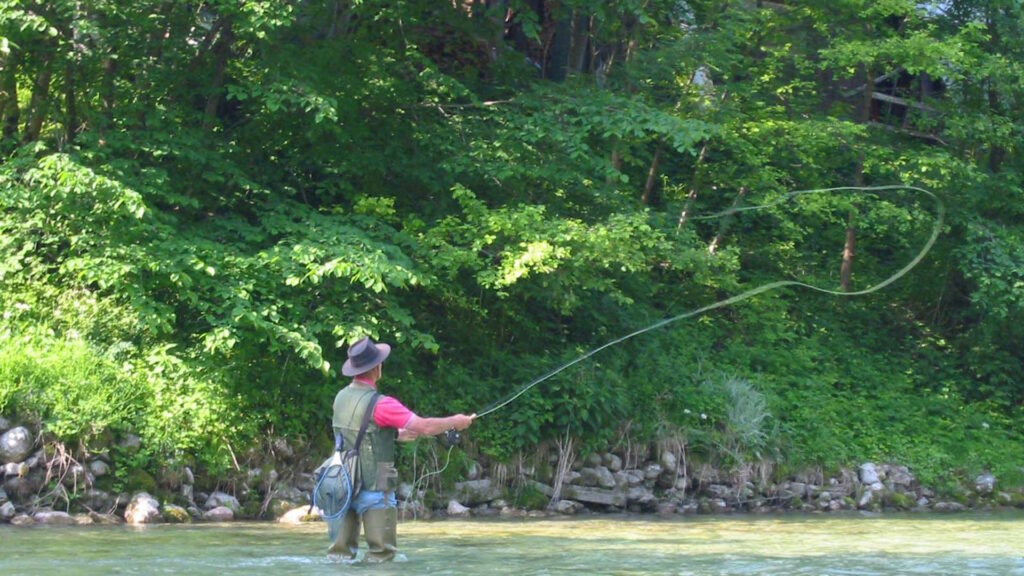
As winter recedes and rivers come alive with the renewed energy of spring, these premier fly fishing destinations offer anglers experiences that often represent the finest the sport has to offer. Each river brings its character, challenges, and rewards, whether you’re casting delicate dry flies to rising trout on the Delaware, swinging streamers for steelhead on the Pere Marquette, or matching the massive salmonfly hatch on the Deschutes. The diversity of America’s springtime fly fishing opportunities ensures that, regardless of your geographic location or target species, a world-class angling adventure awaits just around the corner when the first flowers bloom and the waters begin to warm.

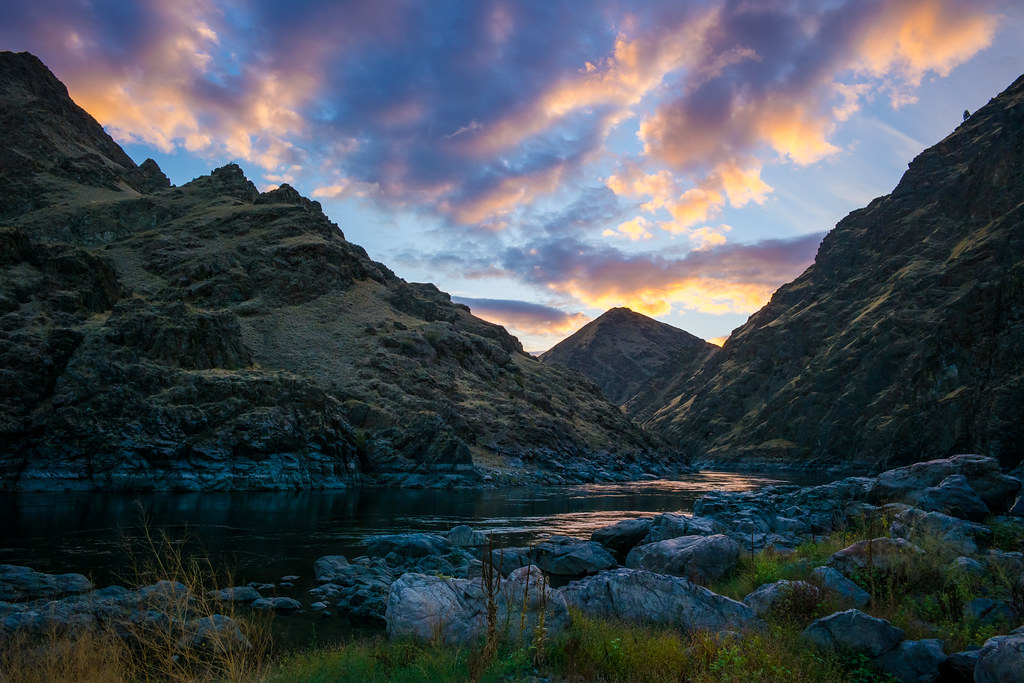

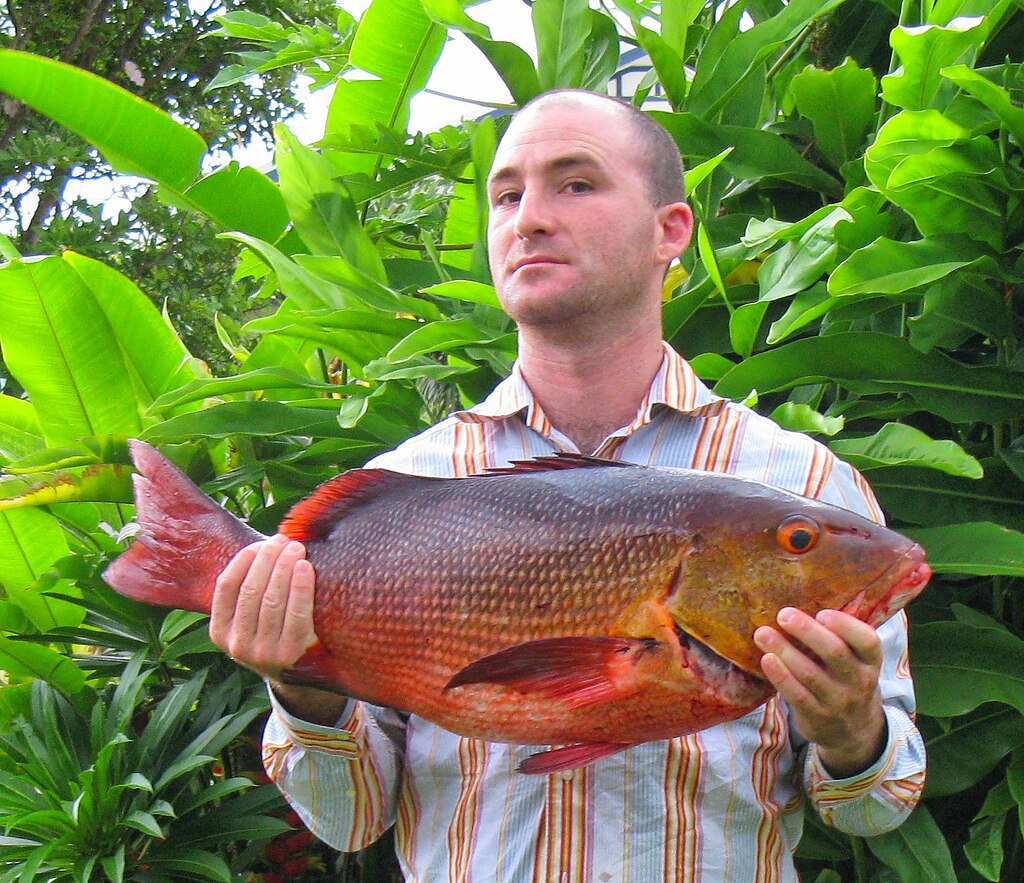










Post Comment